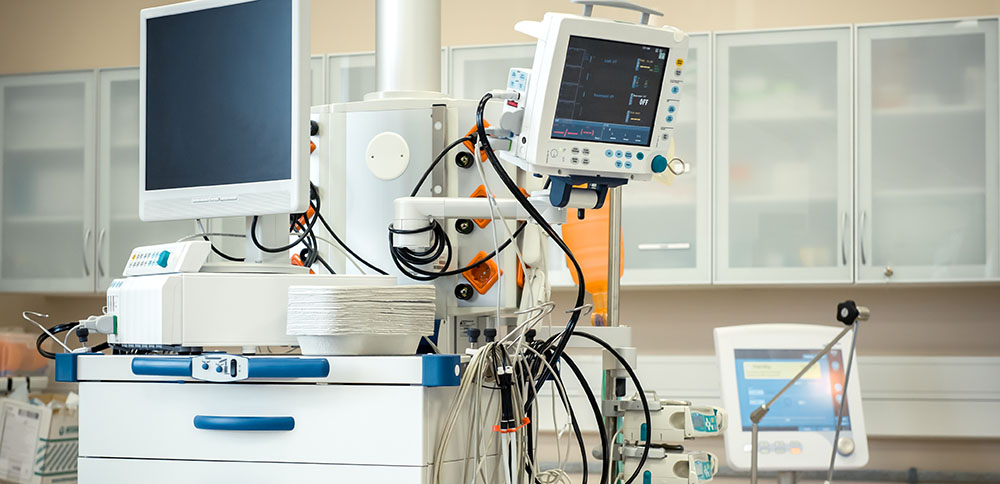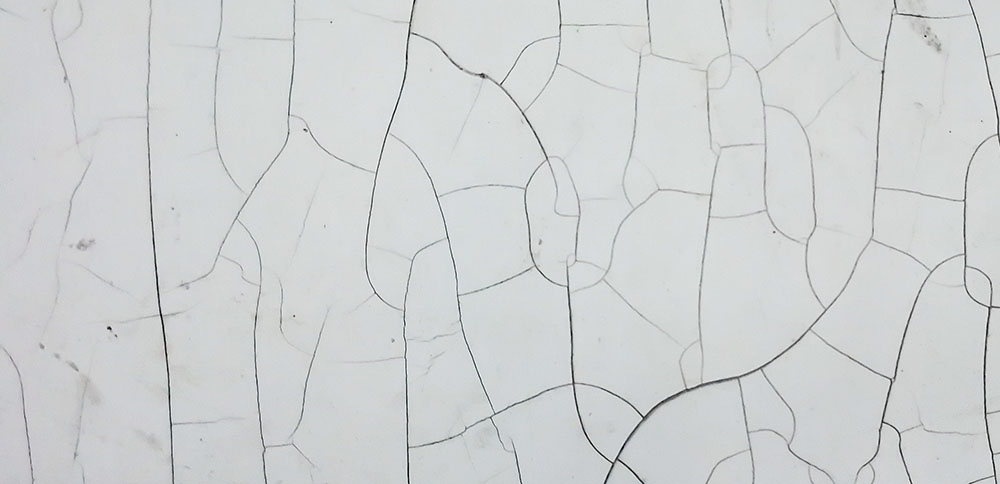Surface Disinfection Compatibility Part 3: Costs of “Incompatibility” in Healthcare

In Part 1 of this series, costs related to disinfection and surface incompatibility were reported as upwards of $4.1 million for one device at one hospital in a co-published case study. Part 2 described what factors contribute to surface disinfection compatibility issues.
Here, Part 3 will highlight how surface disinfection incompatibility increases costs for healthcare facilities if contributing factors aren’t taken into consideration.
When healthcare end-users are faced with incidences in which a medical device is not functioning as intended or is broken, shows signs of wear, flaking, cracking, or other altered physical condition due to damage caused by disinfectant use, there are downstream clinical and non-clinical consequences.
Non-clinical costs
Non-clinical costs associated with surface disinfection incompatibility with medical devices can be traced beyond expected wear and tear, warranty, or service agreements such as:
- Unintended repairs and parts
- Replacement of equipment or supplies
- Rental costs to fill in for out-for-service equipment
- Outright purchase to augment equipment fleets or disposable supplies
- Wages related to healthcare personnel time to:
- Perform authorized repairs
- Deliver other equipment and stock extra supplies
- Prep and ship equipment for repairs
- Administrative overhead for documentation, purchasing, receiving, and accounting

Clinical costs
Costs associated with clinical disruptions pre-, during- or post patient care use of medical devices compromised by disinfectant incompatibility may compromise safety due to delayed care, use of an unfamiliar device, variation in practice, or a higher risk of contracting a healthcare-associated infection (HAI) due to contamination from the damaged equipment.
Healthcare end users, biomedical engineering, and others report such issues directly to manufacturers and range from low risk (e.g., labeling/instructions wiping away from device surfaces), to medium risk (e.g., frames, faceplates, other parts loosening or falling off devices), or high risk (e.g., total disinfectant related incompatibility breakdown resulting in a non-functional device). To avoid the safety risks of damaged surface materials, these reports require immediate mitigation to maintain infection protection safeguards.

Surface disinfection incompatibility product recalls
Based on external end-user reports, manufacturers may voluntarily issue a medical device recall under the Code of Federal Regulations 21 CFR 7. Purchasers of devices associated with recalls receive alerts to correct or remove the medical device.
A recent example illustrating the disruption of care due to disinfection is the urgent recall notice issued on January 7, 2022, for a titanium-based adaptor used on patients during peritoneal dialysis that warned:
“Cleaning products, containing, but not limited to, hydrogen peroxide, bleach, alcohol, or antiseptic agents and solvent, such as those containing acetone, toluene, xylene, or cyclohexanone may cause damage, such as leaking or cracking.” Also, “the use of cleaning products and solvents may cause damage (for example, leaking or cracking), if they come into direct contact with the [adaptor]. [The medical device company] will be updating the Instructions for Use (IFU) to include a warning against the use of these cleaning products and solvents.”
This recall affected over 23,000 units. Based on a 2021 Association of Healthcare Resource and Material Managers (AHRMM) Learning UDI Community report, one provider organization calculated the cost associated with processing one Class II recall at $2,985, illustrating how the overall costs to the healthcare industry can add up quickly.
Our case study, Surface disinfection incompatibility with medical devices creates potential patient risks, does a deep dive on the real-world costs to both the hospital and manufacturer due to a surface disinfection compatibility issue. Download it here.
For more on surface disinfection compatibility:
- Read Part 1 here: Surface Disinfection Compatibility Part 1: What Is It?
- Read Part 2 here: Surface Disinfection Compatibility Part 2: Selecting Surface Materials
As a 501(c)(3) non-profit organization, we rely on donations to save lives. We need your help.
Please consider donating, becoming a member, or exploring corporate sponsorship through your workplace today.

